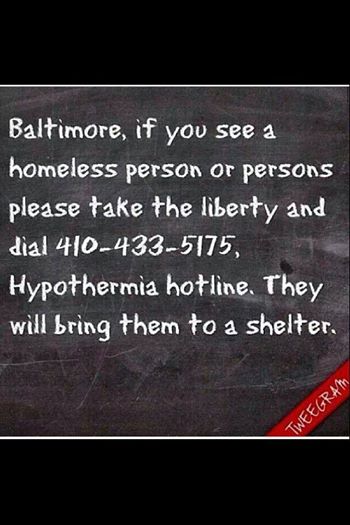Often, events of the past week will influence the content of my ChangeEngine contributions, and this week offers a number of temptations. The annual ritualistic dilution of the legacy of Dr. King into a few snatches of his “I Have A Dream” speech? The 41st anniversary of Roe v. Wade that spurs otherwise pleasant people to say things that make other otherwise pleasant people want to shake them and yell? The hint of peace talks in Syria? Terrorism threats in Sochi? Polar Vortex 2.0?
All tempting, of course, and all intimately connected to the broader subject of lower case P, lower case H public health.
However, something much closer to home also caught my attention, and I wanted to bring it to yours. It may not relate closely to the Olympics or global weather patterns, but biking in Baltimore can and should be considered a major public health issue, especially in the context of urban planning overall, access to city services, affordable housing, decent jobs, and promotion of healthy foods and practices.
Biking does have a substantial connection to equity and social justice, as an affordable means of getting to work, accessing services and being part of the life of a broader and more interwoven community. In that way, the words and deeds of Martin Luther King Jr. are not such a giant leap away from steps being taken to provide greater safe bicycling access to the center of the city to residents living to the East and West.

Downtown Bike Network
Whether or not you are an avid urban cyclist, it should be no surprise to anyone that biking in Baltimore City is a logistical challenge.
This, say some of you, is putting it mildly. In fact, you carry on, this so-called “logistical challenge” is a biking nightmare and furthermore, you state emphatically, it is the entire reason I won’t bike in the city.
Well, you make good points, I have to hand it to you there. On the other hand, I have argued that it ain’t really so bad, and that you should just get out and do it. Regardless, if we go back to my original contention of “logistical challenge,” for a moment, I would like to clarify that the problem is primarily directional. Within the city core, it is not that hard to get from North to South, and vice versa, on an admittedly limited number of fairly safe routes. However, if you have any interest in going East-West, with the exception of the harbor trail (not a great option for cars or bikes with traveling rather than sightseeing in mind) or perhaps Baltimore street (at certain hours a parking lot, at others a great biking route), you’re going to have a bad time – a geographic divergence in access that mirrors Baltimore’s socio-economic divides. Drivers are well aware also, but at least have a few good options that move pretty well through the snarl of North-South biased stop lights. Bikers do of course have more freedom, we can squeeze up to the front, maybe cut across traffic if we see an opportunity, and I won’t say I never do it. But it’s not safe, and it’s not nice, and it pisses all the drivers off, even the ones in Subaru Outbacks with a bike rack on the roof.
This is why the above graphic is so exciting. It promises East-West commuting plus a more westerly addition to the existing North South routes available on the Eastern half of the city’s core.
This is not revolutionary, it’s not providing relief from the food deserts, urban blight, or crime rates in deeply impoverished sections of the city. It does make a start, however, reaching from the west side in Sandtown/Winchester through to Oliver and into Broadway East. This represents a major access change for individuals either trying to cross the central part of the city or reach their homes from their place of work. Biking is fast – often faster than driving and definitely faster than public transit over relatively short distances. It is healthy, reduces the number of cars on the road, represents a major income boost to those who can make bike commuting a viable option, and builds community.
The planned changes are scheduled to start this coming summer, and are hopefully just the beginning. For a great number of reasons, both rich and poor people live close to the city center and also far outside it, and increasing bicycle access for all parties is a great equalizer.
Dr. King’s ultimate goal was equity. Equity for black and white, equity for rich and poor. I think that he would agree that in forging a path to the beloved community he dreamed of we could do a lot worse than travel by bike.






